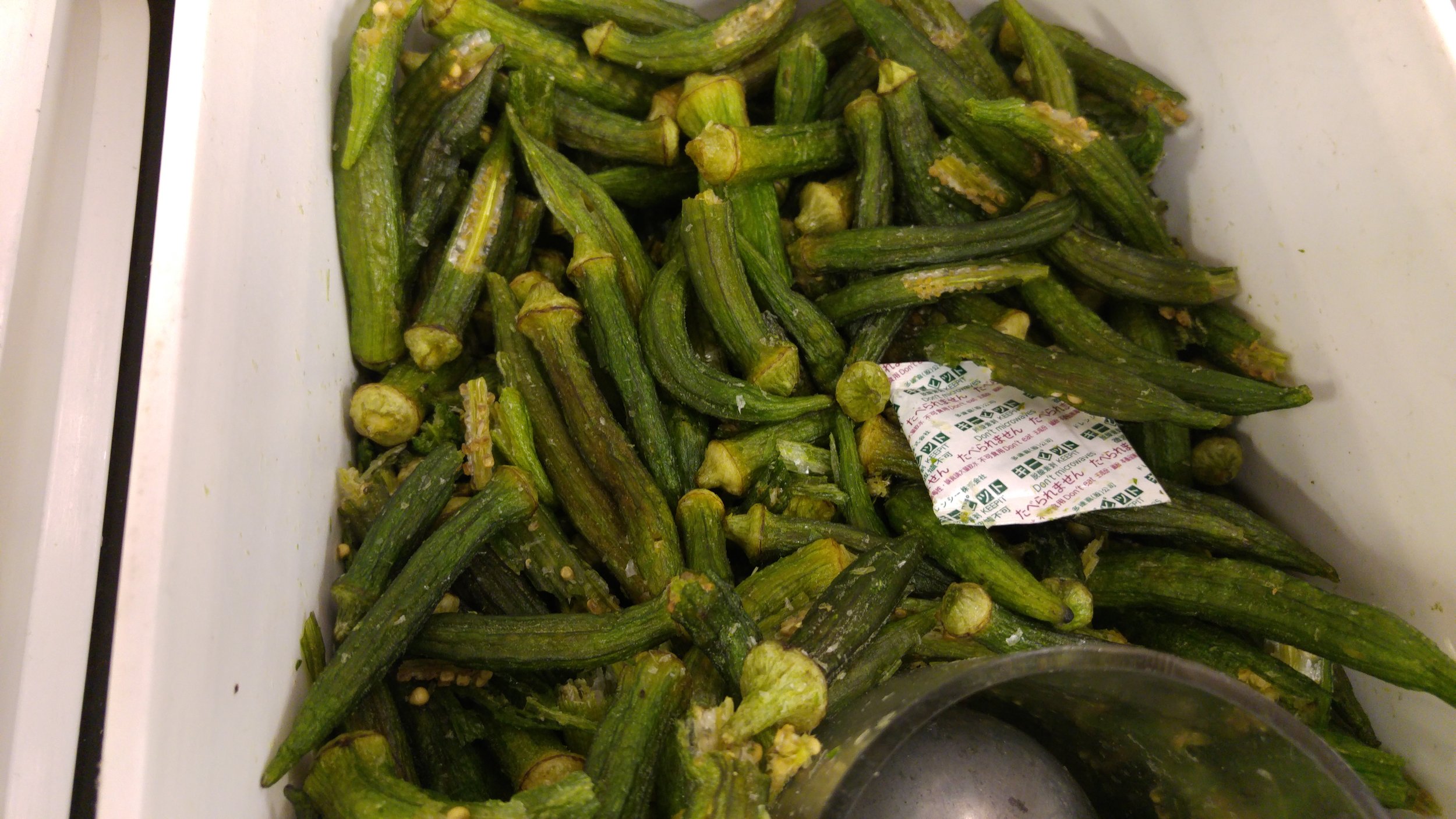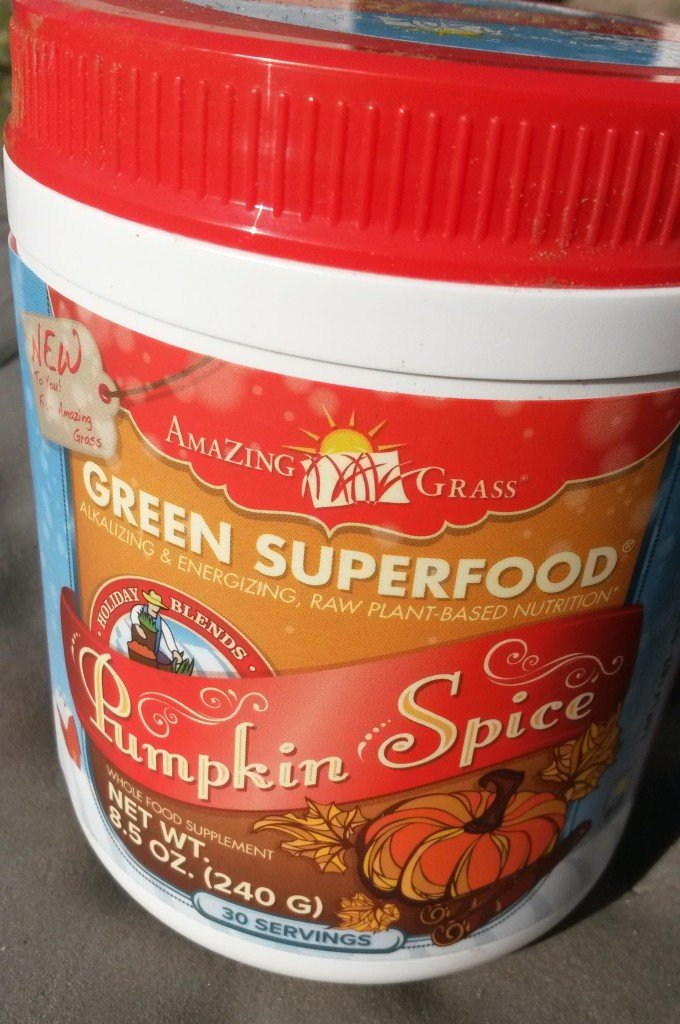How to get more veggies in your diet on a backpacking trip
If you think there is a salad bar on top of that mountain, you better think again. PC: Wikimedia Commons
I’m always looking to squeeze more vegetables and fruits into my backpacking diet. Unfortunately, since fresh veggies are heavy and bulky, this isn’t always the most efficient option.
This article is dedicated to ways I’ve found to tackle the age old problem of getting veggies in a thru-hiking diet.
Decide based on your backcountry cooking style
How you cook your food on a backpacking trip will determine how you eat vegetables in the backcountry.
Many hikers use the freezer bag method. This means that they add boiling water (or near boiling water) to a melt-proof bag full of food, wait typically 15 minutes, and then expect meal to be not crunchy.
Other hikers use a cold soak method, a stoveless method. Here, they soak their food in a ziplock bag or container for hours. It will be cold or lukewarm, but soft. Not all foods get soft after cold soaking.
Many hikers, especially those who use a canister stove, will choose to simmer their dinner a bit. Most hikers don’t simmer their dinner as long as they would at home. Instead, they may simmer their meal, turn off the heat, and let the dinner soak a bit. This cooking style provides the most options for eating vegetables in the backcountry. It allows hikers to eat fresh vegetables or harder-to-rehydrate vegetables like dehydrated peas.
The Hiker Must Do before the end of the month! Photo by Joe Mabel via Wikimedia Commons
Dehydrated Dried Veggies
For my first thru-hike of the AT, I bought the End of the World supply of veggies from Harmony House. It includes 15 different vegetables and makes 38 cups of food, which was enough to last the entire thru-hike. The variety pack has a lot of hard-to-find backcountry vegetables like spinach, broccoli, and leeks. They do require extra soaking or simmering.
The dehydrated method seems to work best for certain vegetables. I’ve had the best luck with ones I can dehydrate myself with ease. I’ve written extensively about my dehydrated kale process. I’ve had a lot of luck with shredded zucchini as well (it’s amazing how a foot long zucchini becomes so tiny after it has been shredded and dehydrated). Both these veggies rehydrate well with the freezer bag method—just add a little extra hot water, and you’re done.
One bag of freeze dried veggies this size can last a week if you put a little into every dinner.
The sure-fire method: freeze dried Veggies
I’ve had the best luck with rehydrating freeze-dried veggies. These pop back to life with hot water, which is why even cheapskates like Cup A Noodles have freeze dried dehydrated peas to your 0.25 cent noodle dish.
I usually get the big bag of freeze dried veggies from Alpine Aire, or if I’m going on a really big trip, the #10 can.
If I don’t want a medley of vegetables, I go with the Just Tomatoes brand. The brand name is confusing–they make more than just tomatoes. They sell bags of just corn, or just hot vegetables, so you can avoid eating peas.
If I went bag of freeze dried veggies route, I’ll send that unopened in my resupply boxes and each night, use that bag of veggies to top off whatever I’m having for dinner. It works with ramen, instant mashed potatoes, or freeze dried dinners. Then, when I’m on trail, I can decide how many freeze dried veggies to add to each dinner depending on how much water I have, how hungry I am, etc.
Cooking up lunch on top of Taboose Pass
How to Prep DIY Backcountry Meals at Home
If I get a big can of freeze-dried, I’ll either make a bunch of quart sized bags of just veggies, or I’ll add some spoonfuls of veggies to each unpackaged dinner I’ll be eating (say, if I got a big bag of rice noodles and split them into many smaller bags).
Technically, you’re supposed to eat your freeze dried veggies within a week of opening their packaging, but I’ve had freeze dried veggie pieces last at least a year in a ziplock freezer bag.
Veggie chips include a variety of vegetables.
No Cook Vegetables: Veggie “Chip-Like” Snacks
Some natural food stores, like Sprouts, sell salted veggie chip mixes in their bulk section. They include beets, carrots, green beans, sometimes ocra…and you can also get the veggies separately. The closest thing I can find on the internet is this, but you can usually find them for about $7/lb, and you get A LOT of veggies for $7 (remember they have no water, so you’d be getting 7 lbs of veggies for that price of they were rehydrated).
Okra chips can be found in the bin just above the veggie chips.
Before my PCT hike, I got dried veggie chips and was obsessed…for a week, until I got to the point where I couldn’t eat them anymore. I loved the idea of having the salty-crunchy food that hikers love be something actually healthy instead of Pringles. I still love the idea. It’s funny how your tastebuds change on trail, though. I have no idea why that didn’t work out, and will probably buy some more before my next hike (but in smaller quantities).
Trips where I’ve been more sparing in my purchasing amounts did show me that they rehydrate decently when soaked in water or hot water and can add some bulk to a dinner.
Veggie powder may be the lightest way to get greens in your diet.
Easy to Digest: Green Powder
No backpacking with veggies article would be complete without the green vegetable powder supplements or wheatgrass powder supplements you can buy at natural food stores. By gently dehydrating and then grinding the veggies into a fine powder, they are able to pack more veggies in a limited space. In fact, some companies claim to pack between 3-5 servings of veggies in one spoonful.
The downside is that these powders tend to be on the pricier side.
While the packaging says that it needs to be refrigerated before opening, I’ve broken up a few jars of powdered greens into ziplocks and put one in each resupply box. Perhaps some of their nutrition had degraded, but they seemed totally fine when they arrived at my trail town stop up to 6 months later.
Another plus side of the green powder model is that it can be added to drink powders you were already planning on taking on your trip. For hikers or distance runners who live on a DIY Maltodextrin-based diet, green powders can supplement the nutritional value of a DIY power drink.
Sandwich challenge ready, I’m eating fresh veggies on the side of the Appalachian Trail
Bringing fresh veggies on your trip—but be selective
If temps are cool, spinach can pack a lot of greens in your meal without weighing you down too much. A pound of spinach, afterall, is not dense at all—it could almost fill up the whole capacity of the MLD Burn 😉
That being said, spinach is a great veggie for that first night out of town and maybe the next day—not very an extended period. Unless temps are quite cool, your spinach will wilt and start to spoil—especially if you’re at all squishing or compressing it in your pack.
Better options are heartier veggies like broccoli, cauliflower, carrots, onions, garlic, and squash.
Anecdotally, I’ve heard from other hikers and experienced myself that organic veggies tend to last longer without refrigeration than conventional veggies. I have no idea why.
Tips for Backpacking with Fresh Vegetables
Considering that you may not have a chance to wash up your veggies easily while on the trail, you may consider washing off dirt before you leave town. That’s another reason to perhaps opt for organic—you don’t have to worry as much about washing off traditional pesticides.
Even if you aren’t inclined to carry veggies, I’ve heard of hikers carrying a few garlic cloves or a shallot to spice up their meals. In both cases, the real thing is so much more potent than dehydrated, that it can give a kick to your food for minimal weight penalty. And it can help keep the mosquitoes away, or at least the vampires.
What have I missed? What other ways have you gotten veggies into your hiking diet? Leave a note in the comments section.









